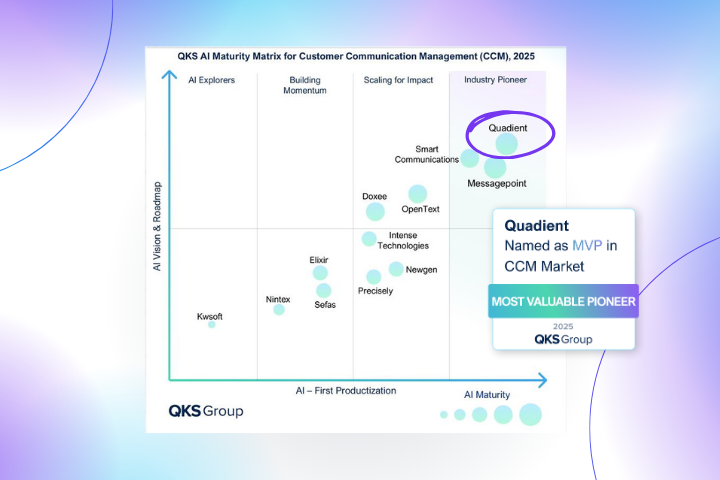
If you're leading a finance team, you're probably facing the same pressure as many of your peers: too many open roles, too few qualified applicants, and increasing strain on your existing staff.
It’s not just your problem—it’s an industry-wide shift.
According to Protiviti Consulting’s 2024 Executive Perspectives on Top Risks Survey, talent management—specifically attracting, developing, and retaining skilled finance professionals—is now ranked as the number one risk concern for CFOs, surpassing even cybersecurity and regulatory compliance. That’s a clear signal that the game has changed.
Why This Pressure Won’t Let Up
The traditional talent pipeline for accounting and finance professionals is shrinking.
Enrollment in accounting programs is in decline, and the profession is facing an exodus. Between 2019 and 2021, more than 300,000 accounting professionals left their roles in the U.S., according to The Wall Street Journal.
In Canada, organizations are facing significant challenges in hiring financial professionals, attributed to factors like a declining number of accounting graduates and increased competition for talent, as noted by CPA Canada.
According to the World Economic Forum's Future of Jobs Report 2023, a significant majority of companies are expected to adopt advanced technologies such as big data, cloud computing, and artificial intelligence in the coming years.
What Finance Professionals Are Actually Looking For
In a 2022 study by CPA Canada, finance professionals ranked their top motivators when considering a new job: 80% said meaningful work was most important, followed by 77% who prioritized work-life balance, and 72% who looked for competitive compensation.
Not far behind, 68% said access to innovative tools and technologies influenced their decision to accept an offer.
Put simply, today’s finance professionals want to do work that matters, in an environment that respects their time, and with the tools they need to do their jobs effectively.
The Real Cost of Getting It Wrong
Turnover in finance roles isn’t just inconvenient—it’s expensive.
According to Deloitte, 82% of public company hiring managers for finance and accounting roles say they’ve experienced talent retention challenges in the past year and expect to struggle with recruiting in the times ahead.
When finance talent walks out the door, the cost isn’t limited to lost productivity—it includes rehiring, training, and the loss of institutional knowledge.
The average cost of replacing a highly skilled employee like a financial analyst or controller can reach 150% to 200% of their annual salary when you factor in recruitment, onboarding, and ramp-up time.
These costs climb even higher when turnover leads to delayed reporting, compliance risk, or disruption to strategic planning cycles.
Where AP Automation Comes In
While automation is often framed as an efficiency play, its impact on team satisfaction and retention is just as significant.
When your team is overwhelmed by manual processes—like invoice approvals, payment follow-ups, or reconciliation—they have less time to focus on strategic, meaningful work. The result is burnout, errors, and disengagement.
AP Automation reduces friction and helps you get more from the team you have. It doesn’t just save time. It tells your people you respect their time. And in a competitive market, that makes a difference.
A recent report by Kassen Recruitment found that 68% of candidates in accounting and finance are drawn to organizations that invest in modern technology and process improvement. If your tools lag, your recruitment will too.
Building a Brand That Attracts the Right People
Top candidates research your company long before your first interview. They read Glassdoor reviews. They check LinkedIn. They look at your leadership team, your values, and how you talk about culture.
You don’t need a flashy employer brand. But you do need a credible one. Start by:
- Showcasing employee voices through testimonials or LinkedIn posts.
- Publishing career growth stories or internal promotion wins.
- Updating job descriptions to reflect purpose, not just responsibilities.
- Clarifying your work model (hybrid, remote, flexible hours).
According to MRINetwork's Recruiter Sentiment Study, 69% of job seekers would decline a job offer from a company with a poor employer reputation, even if they were unemployed.
Five Moves You Can Make This Quarter
Act on your talent strategy by making these smart moves:
- Shorten your hiring process to reduce candidate drop-off.
- Build a clear, structured onboarding experience.
- Use AP Automation to remove low-value, high-friction tasks.
- Reinforce internal growth paths and mentorship opportunities.
- Collect and act on feedback from exit interviews and stay interviews.
Retention Is a Talent Strategy
Keeping great people is just as important as hiring them. Yet most companies focus 80% of their attention on recruitment and only 20% on retention.
According to LinkedIn's 2024 Workplace Learning Report, providing learning opportunities is the top retention strategy, with 90% of organizations highlighting its importance in retaining employees. Flexibility matters, too—remote options, compressed weeks, and work-hour boundaries all factor into whether people stay.
Final Word
Finance teams are under pressure: budgets are tight, timelines are short, and the talent pool is shrinking.
You may not be able to raise salaries or expand headcount tomorrow. But you can improve your hiring, reduce burnout, and show your team that their growth matters.
Start with purpose. Respect their time. Give them room to lead. That’s how you win the talent war.
Upcoming Event! Learn strategies for attracting and retaining talent from our panel of finance and HR experts in our exclusive webinar on May 13 at 10am PT / 1pm. ET.








